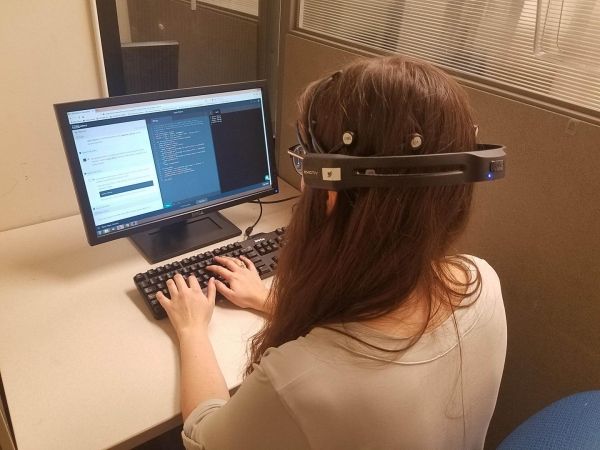Want to learn to code? Put down the math book. Practice those communication skills instead.
New research from the University of Washington finds that a natural aptitude for learning languages is a stronger predictor of learning to program than basic math knowledge, or numeracy. That’s because writing code also involves learning a second language, an ability to learn that language’s vocabulary and grammar, and how they work together to communicate ideas and intentions. Other cognitive functions tied to both areas, such as problem solving and the use of working memory, also play key roles.
“Many barriers to programming, from prerequisite courses to stereotypes of what a good programmer looks like, are centered around the idea that programming relies heavily on math abilities, and that idea is not born out in our data,” said lead author Chantel Prat, an associate professor of psychology at the UW and at the Institute for Learning & Brain Sciences. “Learning to program is hard, but is increasingly important for obtaining skilled positions in the workforce. Information about what it takes to be good at programming is critically missing in a field that has been notoriously slow in closing the gender gap.”
Published online March 2 in Scientific Reports, an open-access journal from the Nature Publishing Group, the research examined the neurocognitive abilities of more than three dozen adults as they learned Python, a common programming language. Following a battery of tests to assess their executive function, language and math skills, participants completed a series of online lessons and quizzes in Python. Those who learned Python faster, and with greater accuracy, tended to have a mix of strong problem-solving and language abilities.
Read more at University of Washington
Image: Language skills are a stronger predictor of programming ability than math knowledge, according to a new University of Washington study. Here, study co-author Malayka Mottarella demonstrates coding in Python while wearing a specialized headset that measures electrical activity in the brain. (Credit: Justin Abernethy/U. of Washington)


